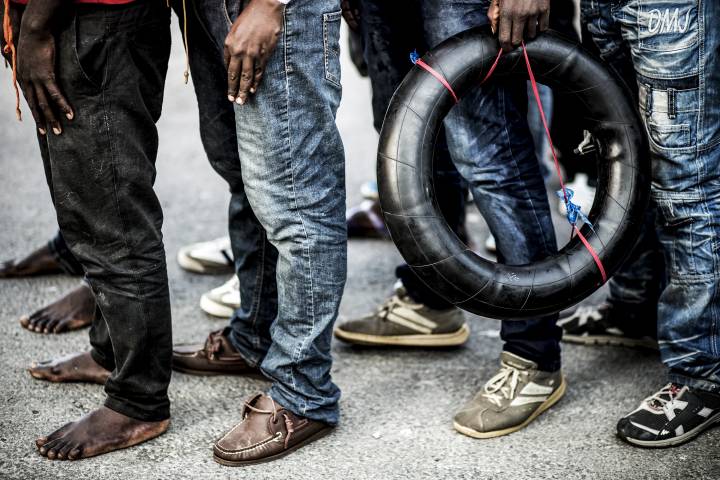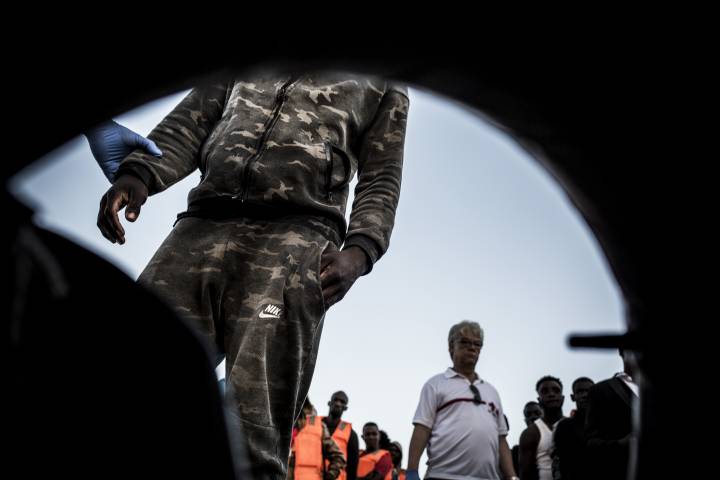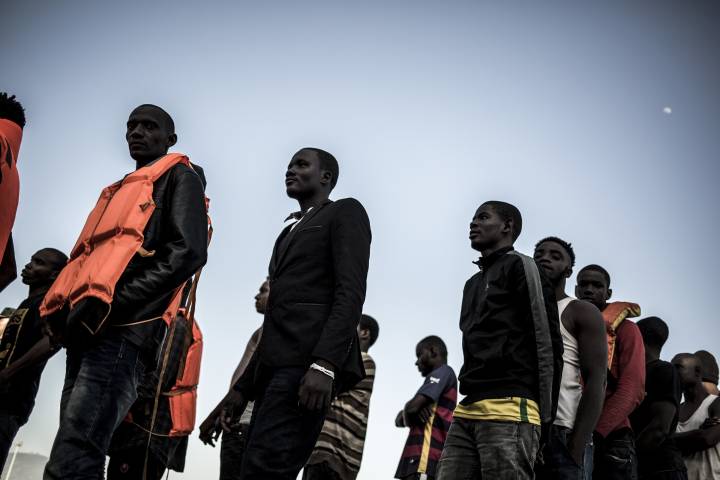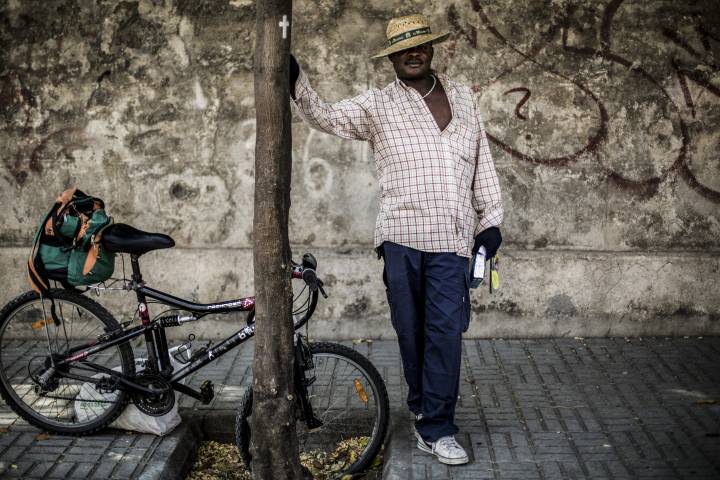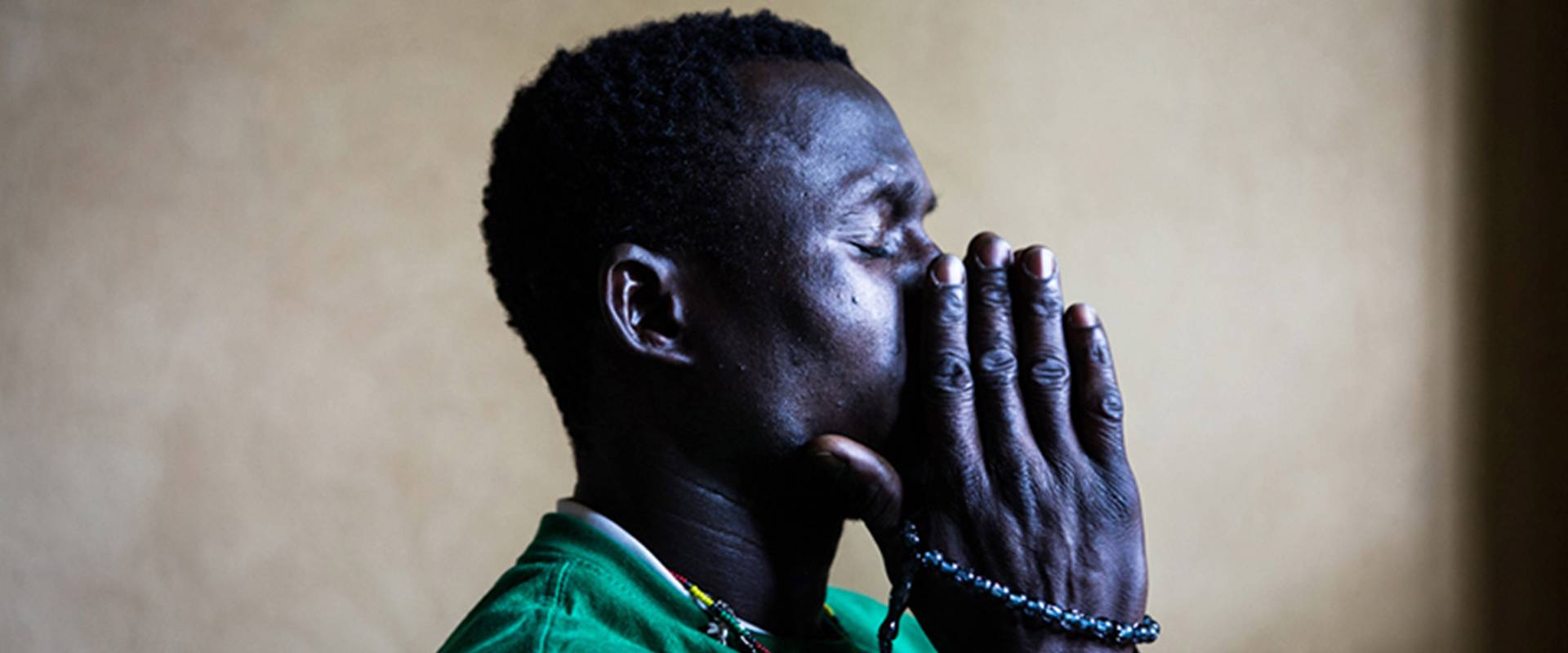The sea route between Morocco and Spain postulates as the next massive migrant gateway into Europe.
Crossing the Mediterranean sea from Morocco to Spain is the fastest-growing route into Europe and according to the United Nations, the number of migrants taking this route has tripled in the past few months.
As with many other issues in the history of Spain, the alarming surge of migrants arriving to Spanish coasts has been ignored and has not been taken into account by the government or mass media. The dramatic situation in Libya, with higher casualties than the case of Spain might be shadowing this growing issue. However, this route is the one which has seen a more significant increase in numbers in the first semester of the year, consequently, Spain holds an infamous second position on dead toll in theirs waters, surpassing Greece.
After the closure of the Balkan corridor and the agreement between the European Union and Turkey, the strengthened fences of Ceuta and Melilla (Spanish enclaves in Northern Africa), the sea route between Morocco and the Southern Spain has been reactivated. The well-known dangers of the Libyan route for migrants might have acted as revulsive to these people that now have found, on an old route, the quickest way to reach Europe.
The Western Mediterranean route had an apogee in the 1990s, at that time those who crossed on dinghies (pateras) were the so-called economic migrants, mainly from Northern African countries. Nowadays, the majority come from sub-Saharan African countries.
Spanish authorities on Andalusia region are struggling to cope with the amount of people arriving. Spanish coastguards rescue people on a daily basis, mainly in the area between the Strait of Gibraltar, and the Alboran Sea, a small spanish-owned rocky island close to the Spanish coast that gives name to the area.
According to the Un’s International Organization for migration (Iom), the number of people reaching Spanish coasts on the first half of 2017 has tripled compared to the same period on 2016.
In point of fact, thousands of people are leaving African countries, such as Mali, Ivory Coast or Nigeria, due to armed conflicts, prosecutions or hunger and find the Western Mediterranean route to be the safest, least dangerous, way into Europe.

